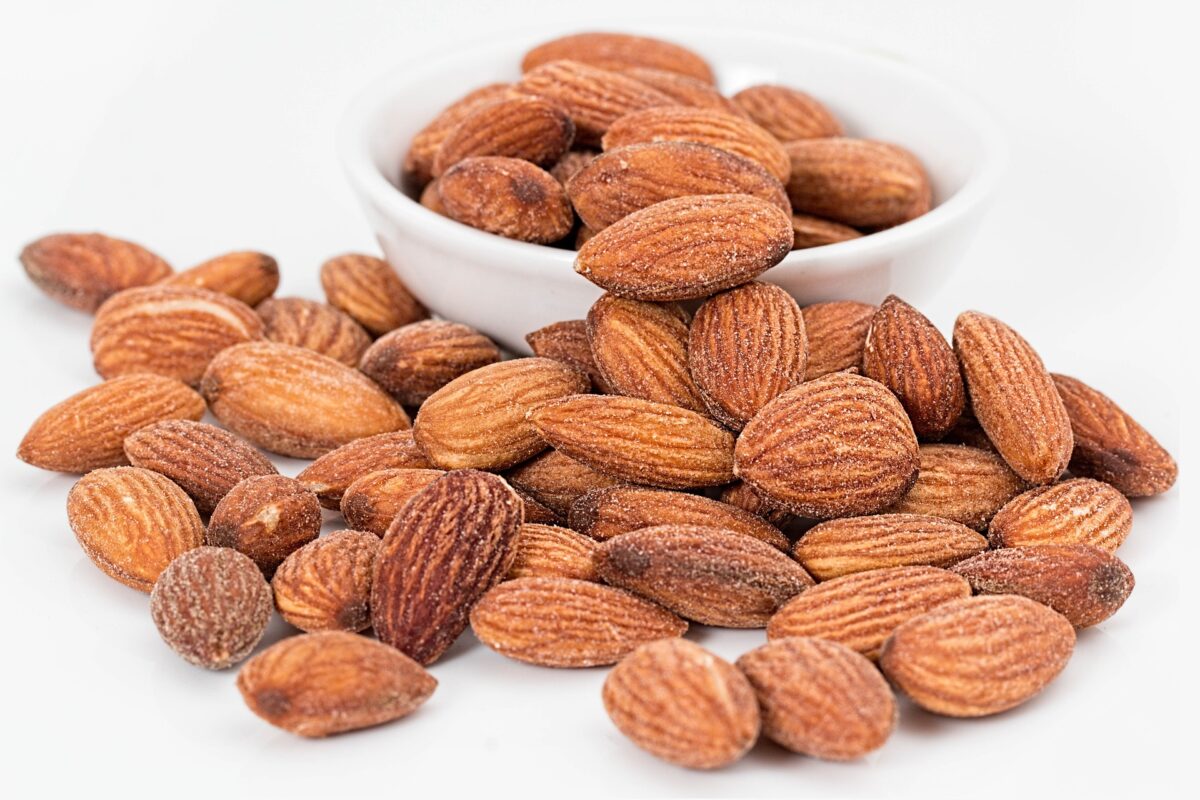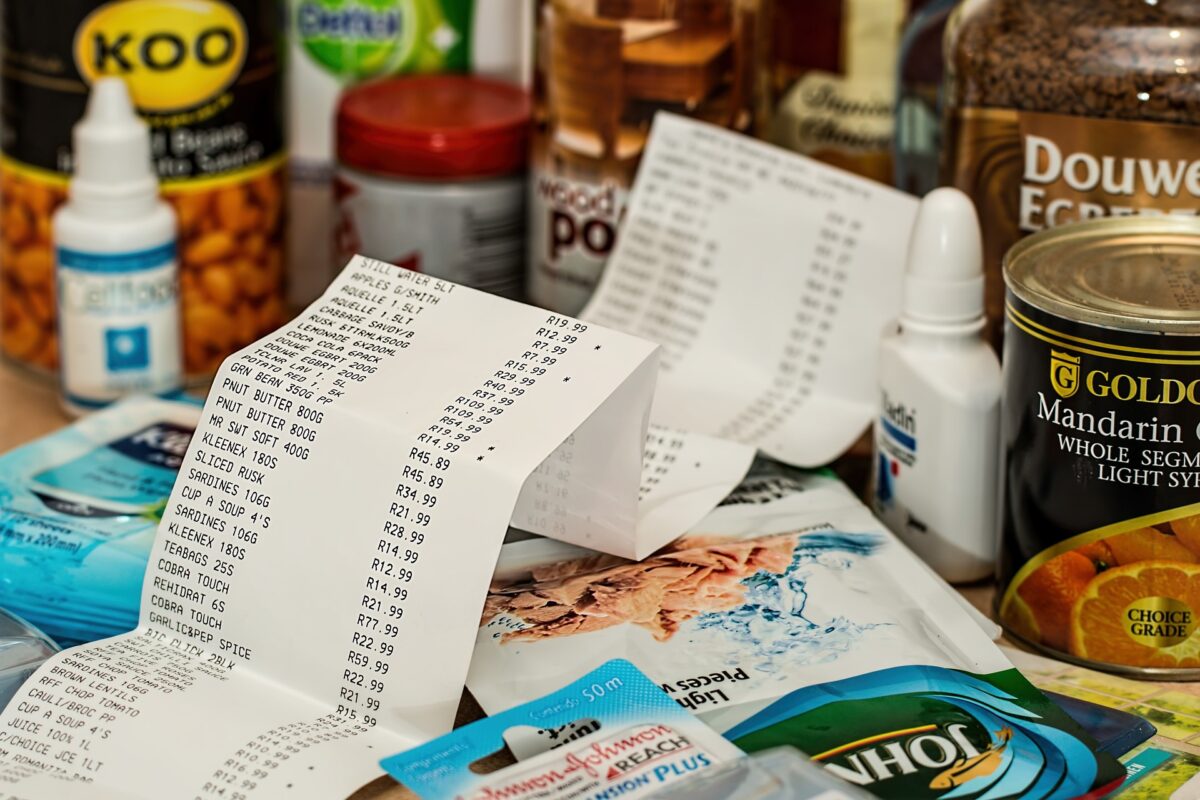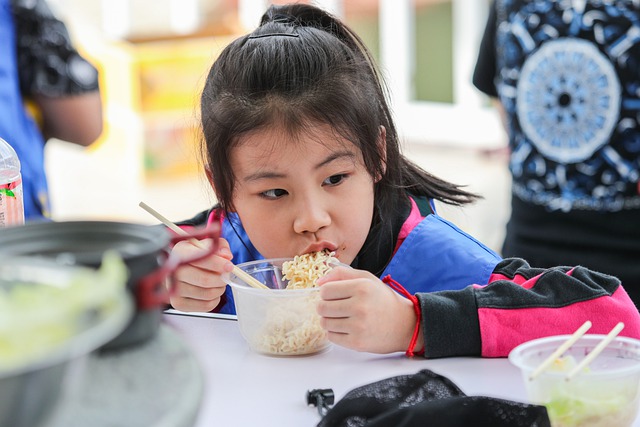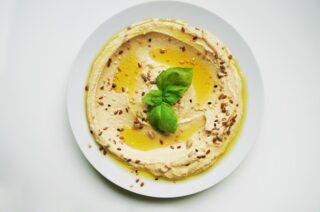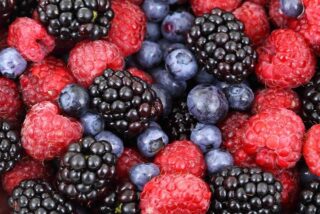Introduction
In today’s fast-paced world, snacking has become a crucial part of our daily routine. For health-conscious shoppers and snack enthusiasts, finding snacks that not only satisfy cravings but also contribute to a balanced diet can be a challenge. Luckily, Costco offers a variety of healthy snacks that make smart snacking easy and delicious.
Criteria for Selection
When selecting the top 20 healthy snacks available at Costco, we focused on the following criteria:
- Low in sugar
- High in protein
- Whole food ingredients
- Minimal additives
- Nutrient-dense
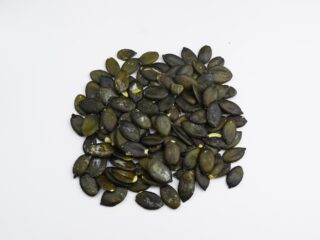
The List
Nuts and Seeds
A mix of almonds, cashews, pecans, and Brazil nuts, providing healthy fats and protein.
A great source of protein and fibre, these pistachios are perfect for on-the-go snacking.
Packed with magnesium and zinc, these seeds are a nutritious addition to any snack mix.
Dried Fruits
Sweet and chewy, these dried mangoes are a delicious source of vitamins A and C.
These apricots are sulfite-free and offer a good dose of fibre and antioxidants.
Naturally sweet and high in iron, these raisins make a great addition to trail mix or oatmeal.
Protein Bars
- RXBAR Protein Bars
Made with simple, whole ingredients, these bars are high in protein and fibre without added sugars.
- Kirkland Signature Protein Bars
These bars offer a balanced mix of protein, fibre, and healthy fats, perfect for a post-workout snack.
- ONE Protein Bars
Each bar contains 20 grams of protein and just 1 gram of sugar, making them a guilt-free treat.
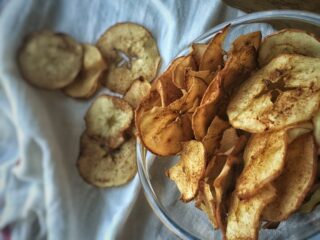
Veggie Snacks
- Kirkland Signature Organic Roasted Seaweed Snacks
Low in calories and rich in vitamins and minerals, these seaweed snacks are a salty, crunchy delight.
- Harvest Snaps Green Pea Snack Crisps
Made from whole green peas, these crisps are high in fibre and a fun way to get your veggies.
- Bare Baked Crunchy Apple Chips
With no added sugar, these apple chips are a crunchy, satisfying way to enjoy fruit.
Dairy and Non-Dairy Options
- Chobani Greek Yogurt
High in protein and probiotics, Chobani’s Greek yogurt is an excellent snack for gut health.
- Kirkland Signature Organic Hummus Singles
These hummus cups are perfect for dipping veggies or whole-grain crackers.
- Almond Breeze Almond Milk
A great dairy-free alternative, this almond milk is perfect for smoothies or as a drink on its own.
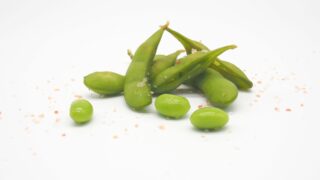
Additional Healthy Options
- Kirkland Signature Organic Peanut Butter
Made with just peanuts and a touch of salt, this peanut butter is a wholesome spread for fruits and veggies.
- Whisps Cheese Crisps
Made entirely of cheese, these crisps are high in protein and calcium.
- Dark Chocolate Covered Almonds
A sweet treat with the benefits of dark chocolate and the protein of almonds.
- Nature’s Bakery Fig Bars
Made with whole grains and real fruit, these fig bars are a portable and healthy snack.
- Organic Edamame
High in protein and fibre, these frozen edamame pods are great for a quick and nutritious snack.
Benefits of Healthy Snacking
Incorporating healthy snacks into your diet can offer numerous benefits:
- Improved Energy Levels: Nutrient-dense snacks help maintain steady energy throughout the day.
- Weight Management: Healthy snacks can prevent overeating during meals by keeping hunger at bay.
- Better Nutrient Intake: Snacking on wholesome foods ensures you get a variety of nutrients essential for overall health.
Tips for Smart Snacking
- Plan Ahead: Keep a variety of healthy snacks on hand to avoid reaching for junk food.
- Portion Control: Pre-portion snacks to avoid overeating.
- Mindful Eating: Eat slowly and savour each bite to stay satisfied longer.
Conclusion
Making healthy food choices, including snacks, is essential for maintaining a balanced diet and overall well-being. Costco offers a wide range of nutritious snacks that cater to health-conscious shoppers. Share your favourite Costco healthy snacks in the comments below and join our community of mindful eaters!
Remember, healthy snacking doesn’t have to be boring—it can be delicious and satisfying too. Happy snacking!

